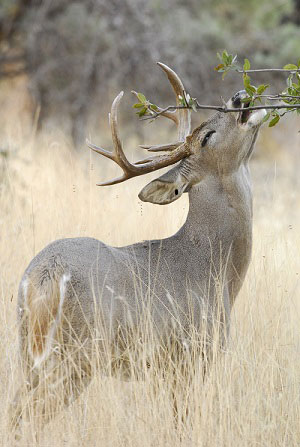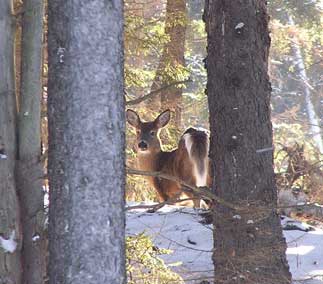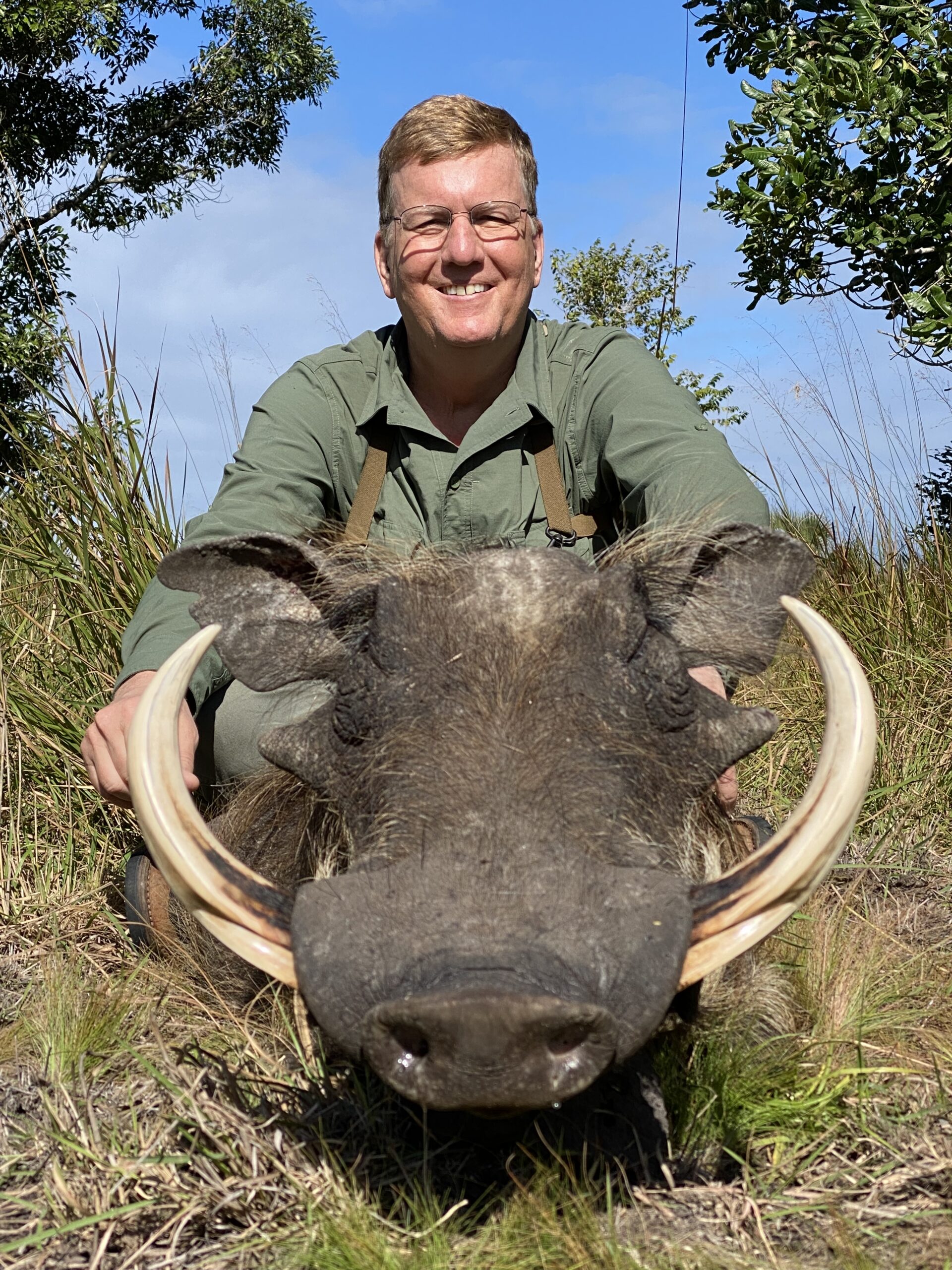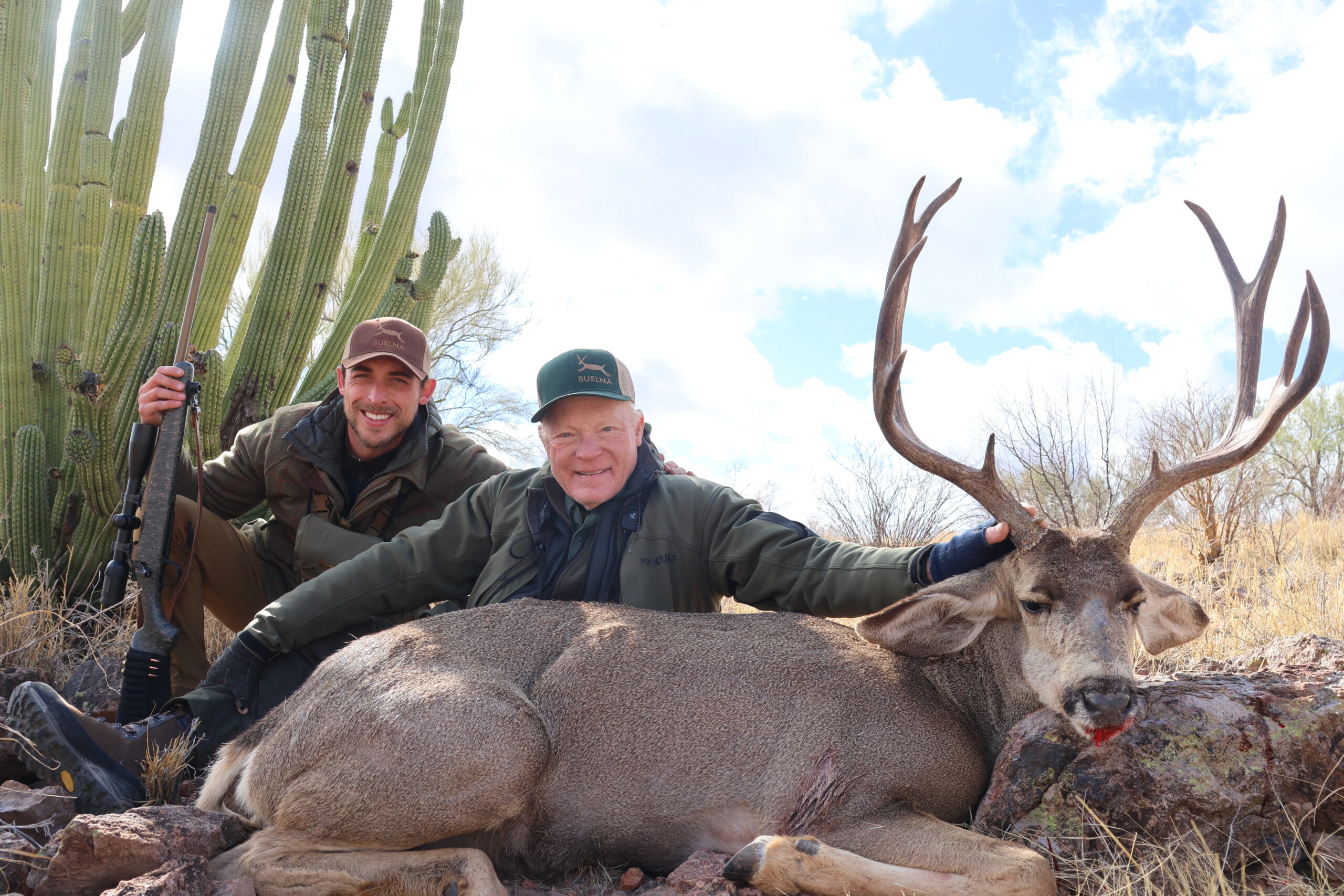Many years ago, Gene Hill wrote about the boredom of sitting in a deer stand when nothing was moving. His suggestion: Take a paperback Mickey Spillane and immerse yourself in shootouts, seductions, and general mayhem while you wait for the big buck to appear.
These days, the ubiquitous iPhone has replaced Spillane, and if your stand has a signal, you can even text back and forth.
This distraction may or may not be a good thing, and by some serendipitous chance, a friend and I learned the same lesson, the same week, but in states a few hundred miles apart. In my case, I climbed into a high stand in Alabama, looking out over some logged-over wasteland, with tall pines behind and a food plot off to the right. The stand was a high old four-legged metal thing with a swivel seat, no roof, and some tattered curtains that were supposed to obscure the occupant.

After a couple of hours in the rain, a trio of frisky young whitetails emerged from the pines and danced toward the food plot. As I watched them, out of the corner of my eye I spotted a fork horn following slowly and carefully along behind. His head emerged from behind a tree and he looked straight up at my stand. I froze, of course, but he kept watching for long seconds before continuing toward the food plot. Every few steps, his head swiveled back up to where I was sitting. This performance continued for as long as he was in sight — creeping up to the plot, exploring the far side, and finally returning the way he’d come.
Obviously, at some point in the buck’s young life, he had witnessed something sinister take place from that stand. They say that deer get used to a permanent stand and pay it no mind; possibly so, but they are also well aware when someone is occupying it, which does not happen most days of the year.
My friend’s experience was even more dramatic. He was hunting for venison on the last day of the season and went out at midday — a time when most trophy bucks are supposed to be fast asleep. He was on the ground, but within sight of his stand, when a huge buck appeared on the edge of the bushes on the far side. It froze and studied the stand for long minutes while my friend also froze, studied the buck, weighed the pros and cons of shooting the deer of his dreams when he had permission only for a doe, measured continued friendship with the farmer against the vision of that head on his wall, and finally decided to do the right thing.
Still, he watched the buck, which eventually came out, had a few nibbles and continued on — all the while very conscious of the unoccupied deer stand that looked out over his dining room. Finally, at exactly 1:12 p.m., he moved on. When the buck reached the two-lane track where farm trucks came and went, he stopped and looked both ways before he crossed. His mother would have been proud.
Aside from the buck’s unwavering awareness of the deer stand, my friend concluded that the buck also knew that it was likely to be occupied only in the hours at dawn and dusk — the traditional whitetail feeding times.
We all agree that big old whitetail bucks don’t reach that stage by being dumb. I don’t know if my young fork horn will ever reach eight-point grandeur, but he’s certainly on the right path to make it. Cautious to a fault.
Both of these experiences — which happened, as I say, within a week or two of each other, in different states — suggest that, far from taking a book or an iPhone to combat the boredom, a hunter in search of a trophy buck would do better to devote his time to reading the activities happening around him. All the time you think you are studying empty countryside, a big buck might be standing inside the bushes studying you.–Terry Wieland




